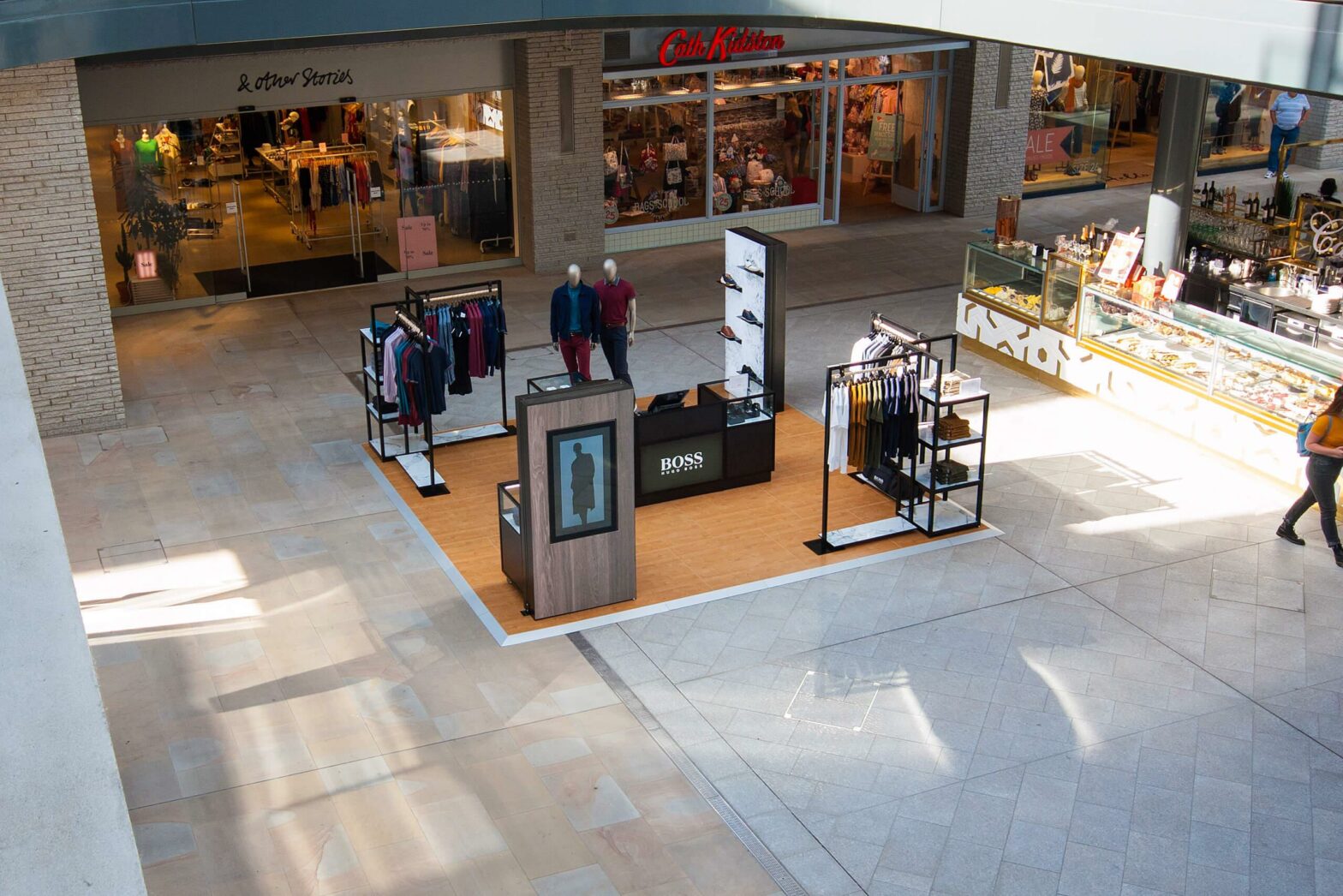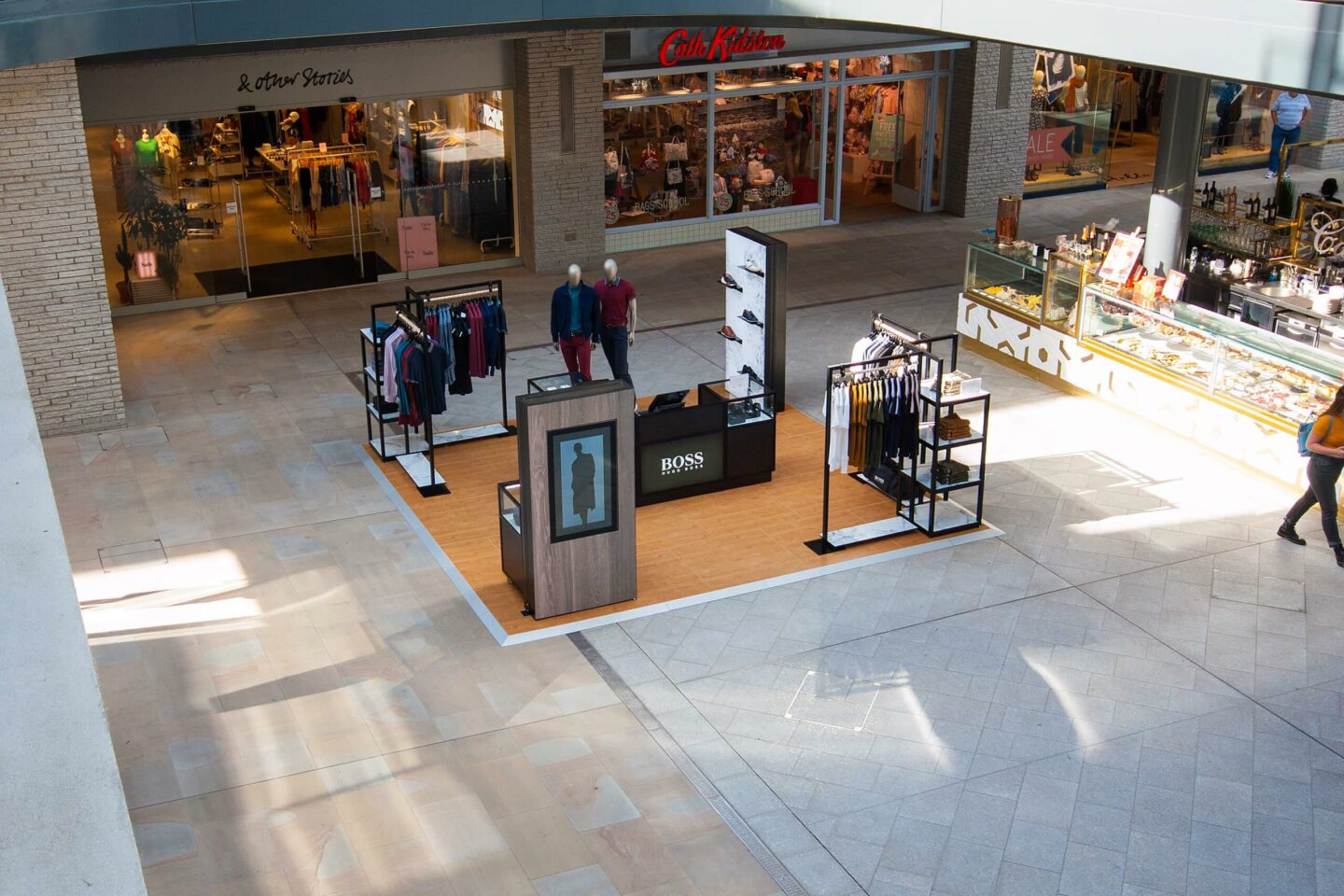
Retail Concessions
A retail concession is a dedicated space within a single-brand store that is used by a non-related but complementary brand. Retail concessions are essentially shops within a shop and serve as an effective way for brands to attract a wider demographic of customers whilst offering engaging, unique in-store experiences.
As the popularity of online shopping increases, so too does the need for retailers to make their bricks and mortar stores more enticing. Customers now hold brands to a much higher standard than ever before, expecting them to provide stimulating, exclusive experiences that they can’t access through a website.
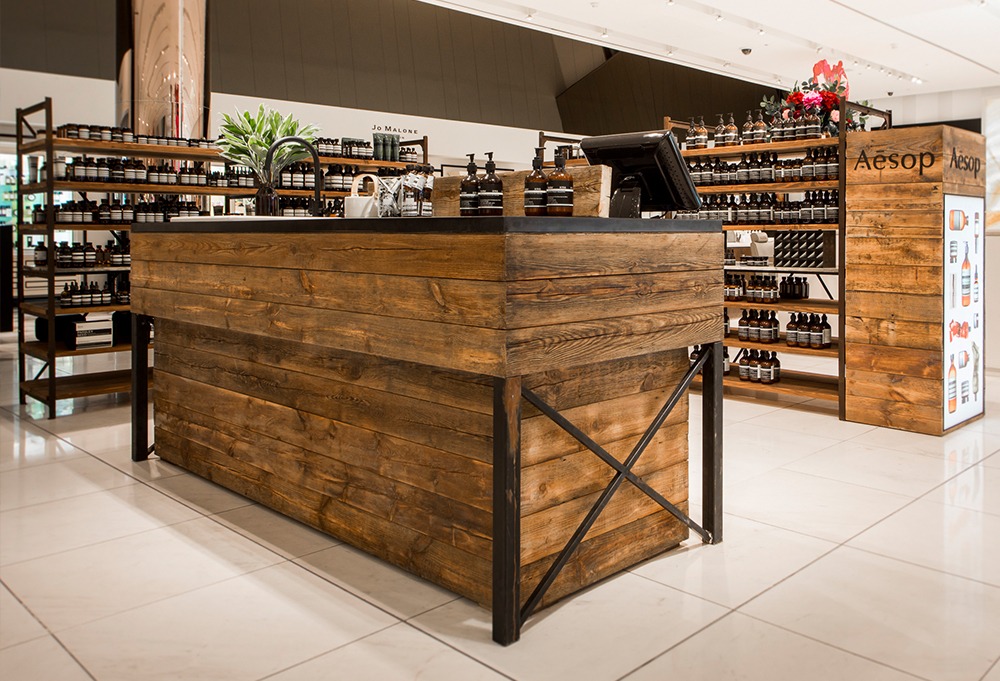
In response to this demand, retailers with complementary offerings are beginning to form partnerships. In doing so, they are reimagining traditional understandings of physical retail and aiming to increase order values, dwell time, footfall and conversion rates both parties. One of the most effective ways in which brands are forming these partnerships is through the use of retail concessions.
What are retail concessions?
A retail concession is another name for a store-in-store, the retail concept that sees a brand establish a physical presence within another brand’s store.
They see two, or sometimes three, brands co-habit a single retail space in an effort to attract greater numbers of shoppers through the doors by offering a more diverse range of products, specialised services and in-store experiences.
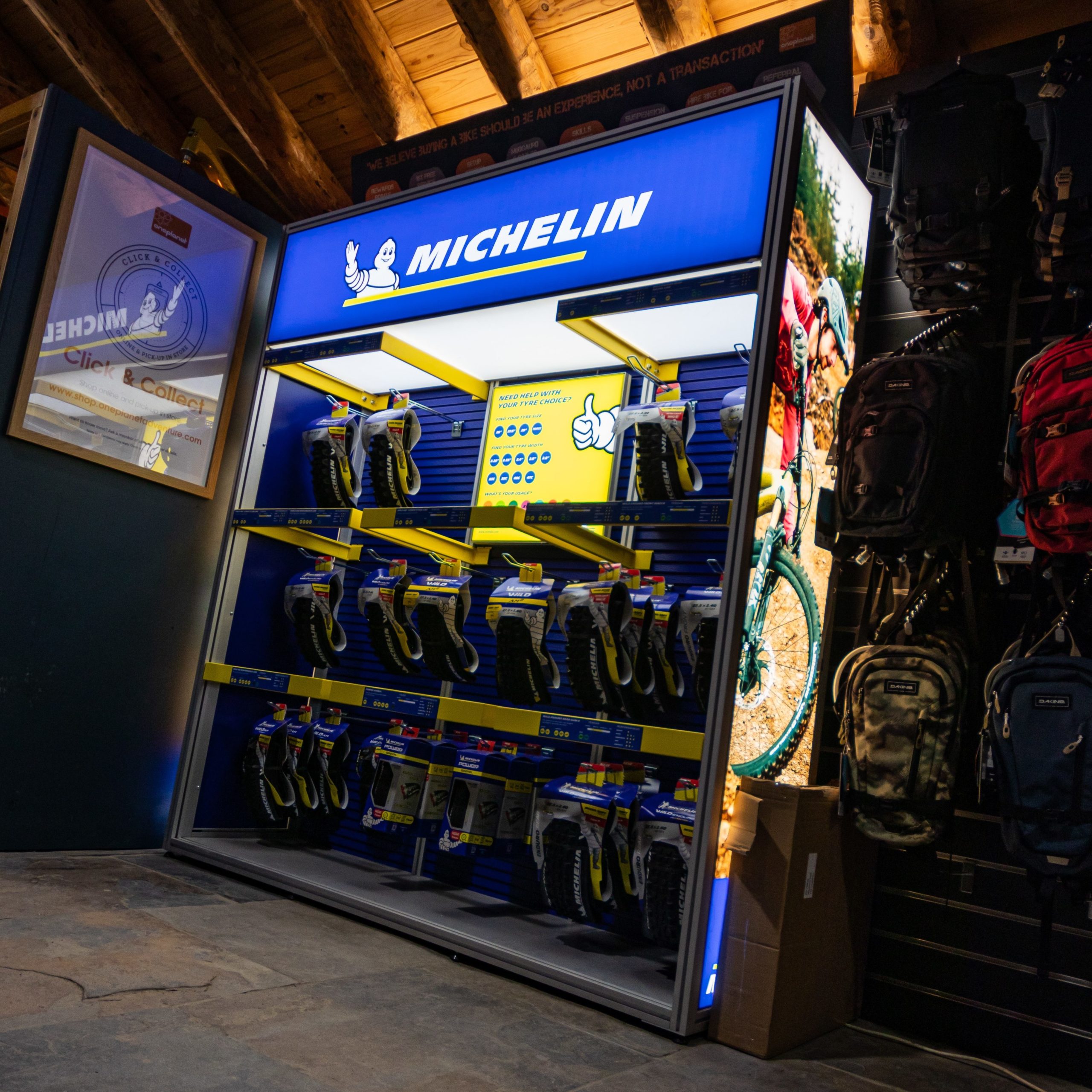
Retail concessions should not be confused with department stores, though. Whereas department stores allocate small areas to a large number of related brands, the term retail concession refers to instances where a lead brand invites a smaller, sometimes unrelated brand to partner with them on an exclusive basis and set up scaled-back version of their own retail formats inside the lead brand’s store.
Some examples of successful retail concessions are:
- Paperchase concessions within Next
- Argos and Habitat concessions within Sainsburys
- Costa concessions within Tesco
- McDonald’s concessions within Asda
- Mothercare concessions within Boots
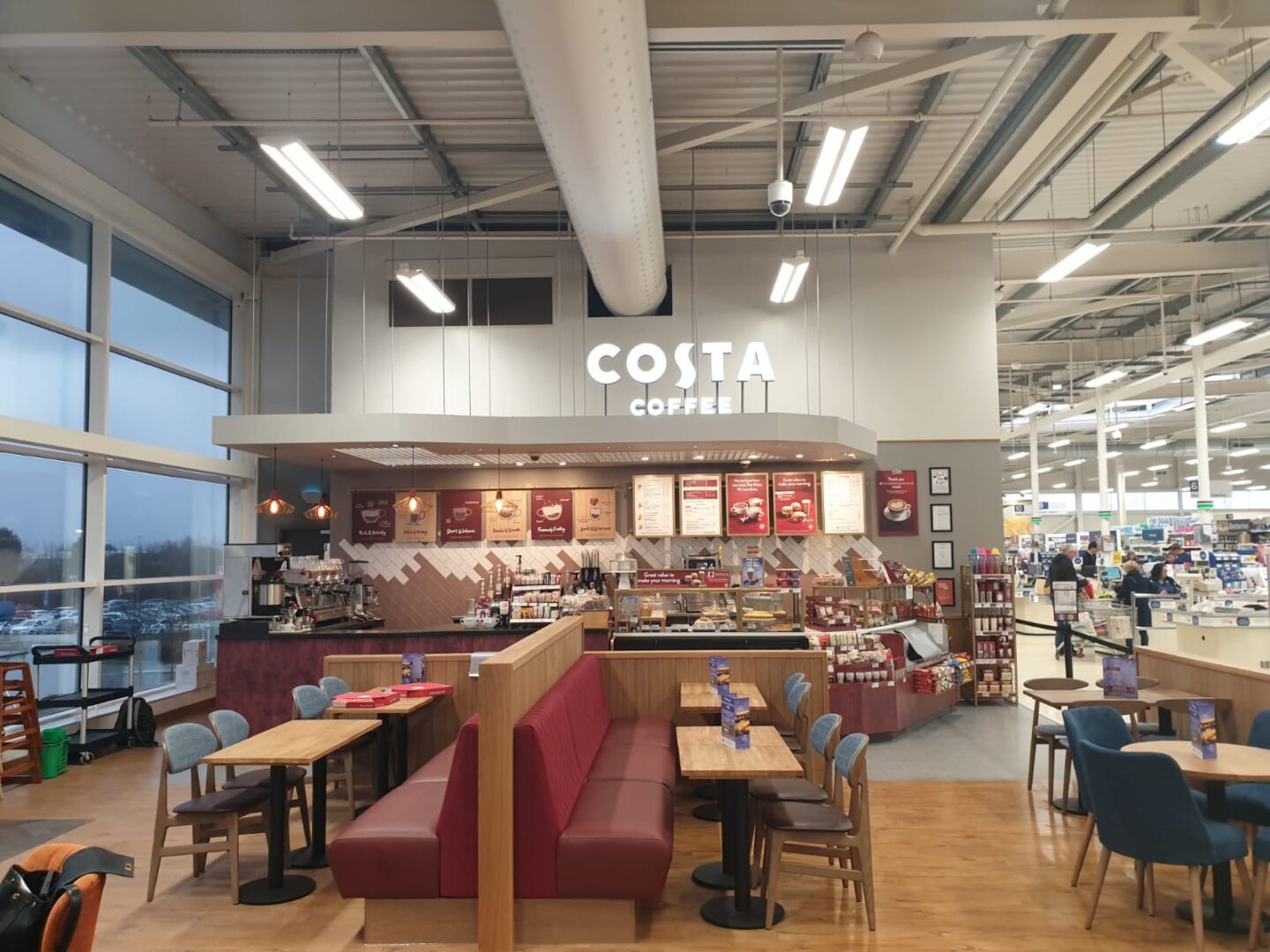
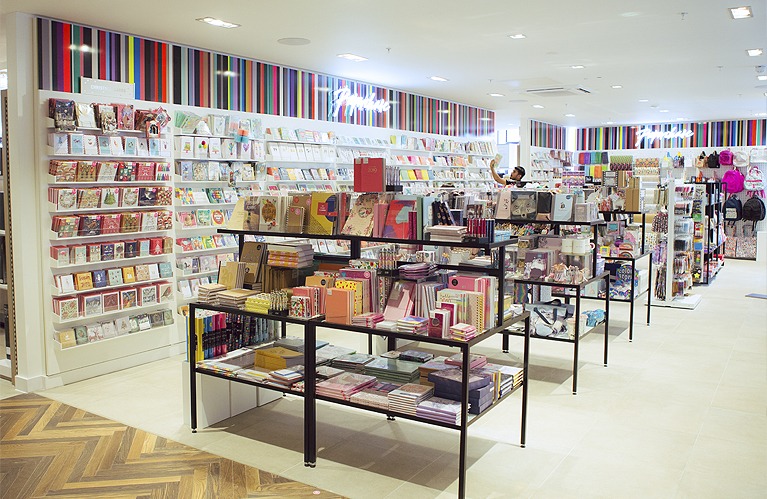
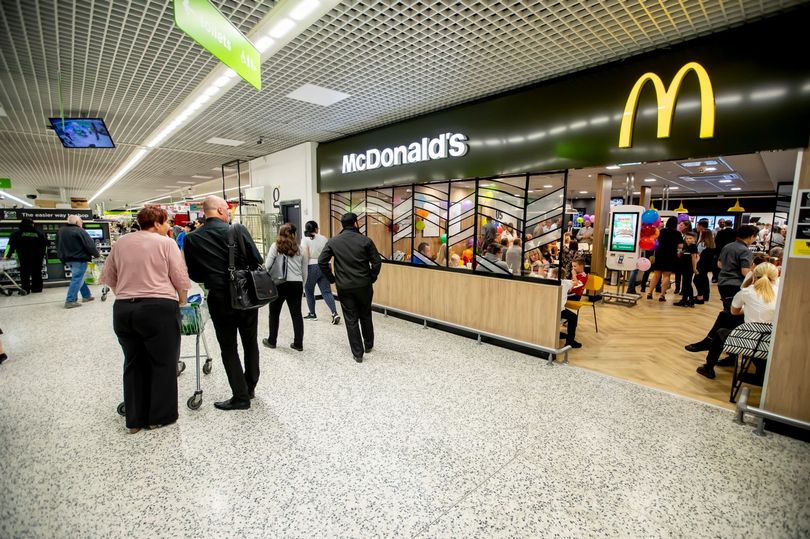
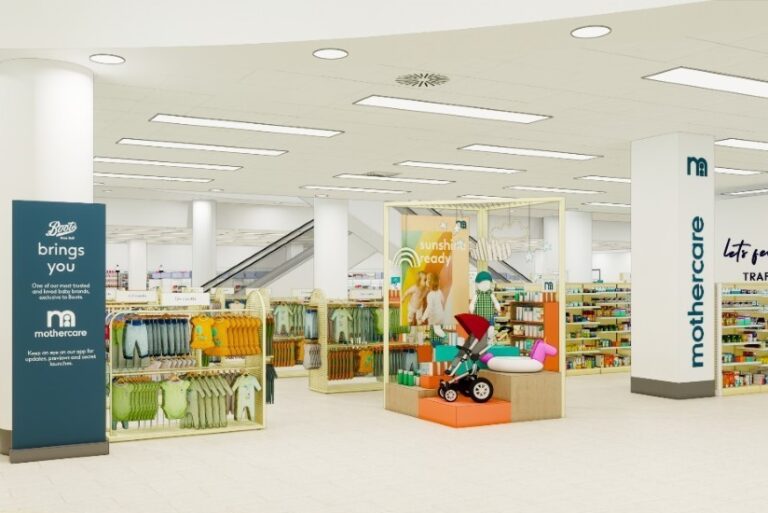
What are the benefits of retail concessions?
Retail concessions aren’t a new phenomenon, but there is a new push of retail concessions from well-known high street brands. More retailers are looking into utilising concessions to offer their customers better in-store experiences and remain competitive against eCommerce.
One highstreet retailer using the concession model to its advantage is Quiz. Its Chief Commercial Officer Sheraz Ramzan, commented…
“Stores and concessions in the UK continue to play an important part in our strategy to expand Quiz by driving sales, building awareness and showcasing the brand. Our stores not only showcase the brand and the product, but as a true omnichannel business model, the customer can shop in a way that suits them whether that’s online, in-store or via concessions.”
He then went on to say that it believes a shop should be more than just the products it sells – it should exist to engage the customer’s senses.
“When we design our stores, we ensure that they are visually engaging so the customer wants to spend time there.”
Sheraz Ramzan, CCO of Quiz
House of Fraser also signed a deal with tech firm Popertee to launch a new localised concession scheme in some of its UK stores. The aim of this deal is to make use of so-called ‘dead’ space by offering retail start-ups the chance to establish themselves in pop-up concessions where they can showcase their brands and products without having to invest heavily in renting their own space.
Lucinda Kelly, founder and CEO of Popertee, said…
“The retail sector is currently at a crossroads, where technology and changing consumer habits are forcing profound change across the board. This kind of experiential offer can help drive footfall and limit spend. Using analytics to track and measure engagement will become part and parcel of the physical retail environment over the next few years.”
Commenting on the same partnership, House of Fraser said…
“This is a fantastic opportunity for House of Fraser to trial a series of pop-ups, and to present its customers with new brands and experiences on a regular basis across key stores.”
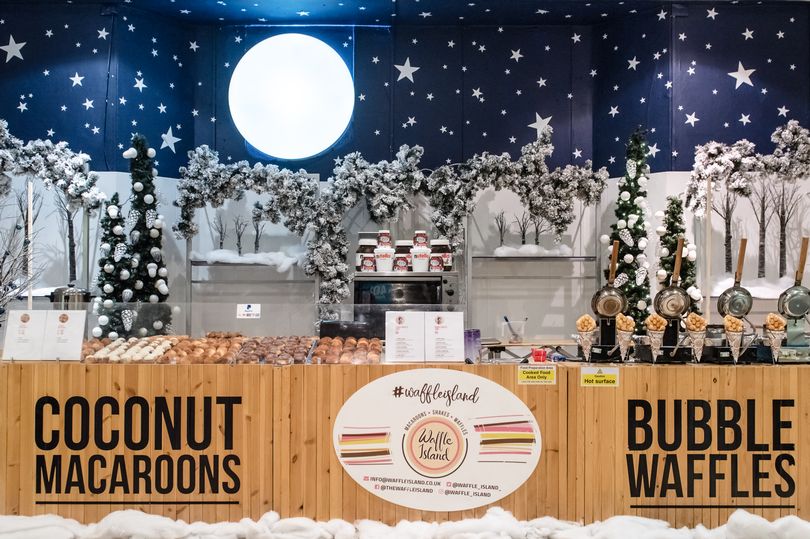
Examples of retail concessions
Vashi – Westfield
The UK-based luxury jewellery brand, Vashi, opened its third retail outlet in London’s Westfield shopping centre. Located in the heart of the shopping centre’s ‘Luxury Village’ area, its new open-plan concession store provides customers with a personal, hands-on experience.
Two private consultation rooms surround the central diamond bar where customers can view the diamonds on display. The lab is the heart of the store, where customers can see Vashi’s master jewellers at work. This concession store fits perfectly within Westfield and breaks from tradition for Vashi as it’s the brand’s first concession store.
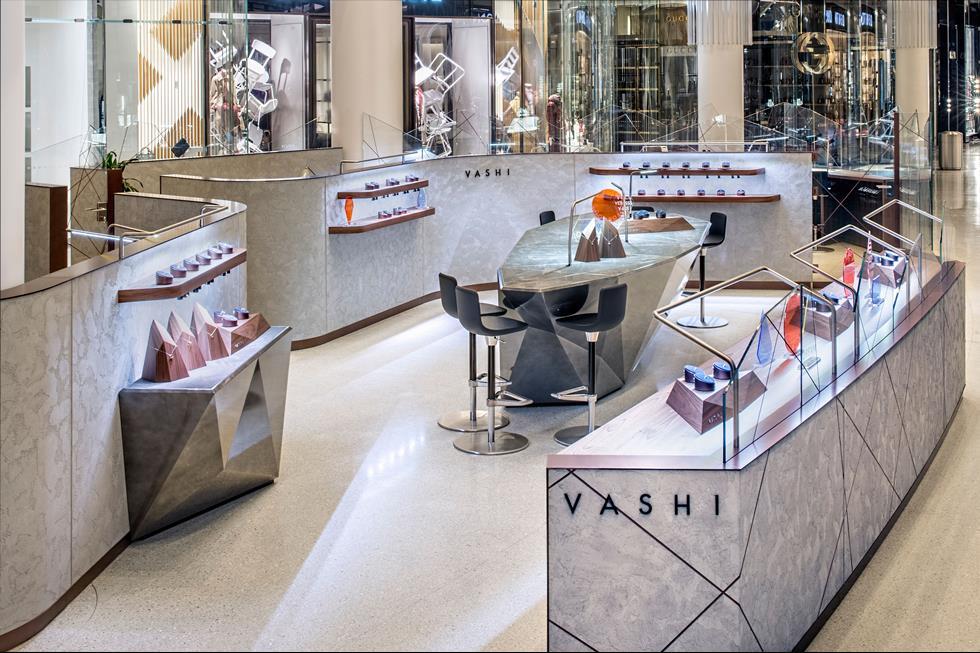
Habitat – Sainsbury’s
Sainsbury’s is the second largest chain of supermarkets in the UK and has turned to retail concessions to help support their multi-channel growth strategy. Habitat, a well-established UK furniture retailer, has rolled out 10 concession stores in an exclusive partnership with Sainsbury’s and now has a presence right across the country.
The stores are known as mini Habitat stores and showcase a range of over 600 products including furniture, lighting, homewares and textiles to customers. Further products from Habitat’s product range can be viewed in-store through digital screens and iPads.
Managing director of Habitat, Clare Askem said…
“We’ve learnt lots of lessons from our six trial mini stores in Sainsbury’s this year and these have been addressed in our upcoming store openings. We’ve refined our product range based on customer feedback, while our in-store visual merchandising and service proposition has been adapted to what customers want on a ‘weekly shop’ basis. Our customers increasingly want choice, flexibility and speed and we are evolving the brand into a truly multi-channel business that allows customers to shop how and when they want – be that online, in-store or a combination of the two.”
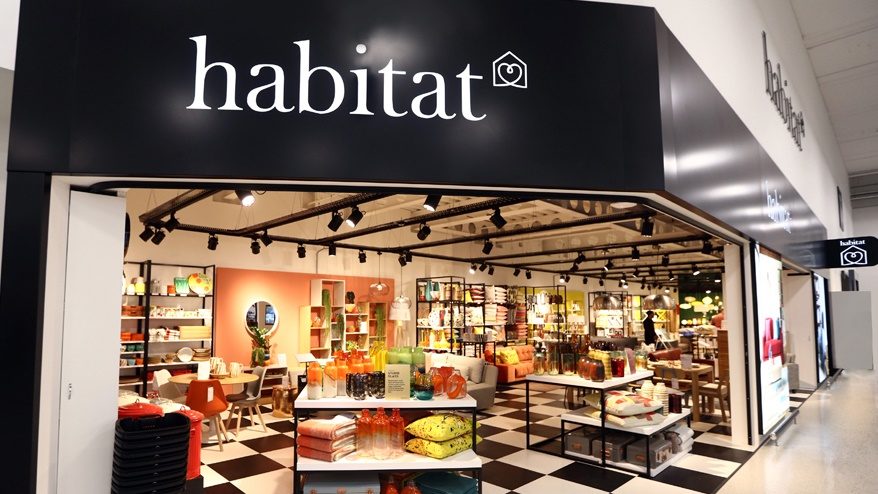
What needs to be considered when designing retail concessions?
Although retail concessions sound fairly straightforward, there are many factors which businesses should consider when looking into whether they could be of benefit to them. Here is a list of the main things to take into consideration to ensure retail concessions are successful.
Location
Both the location of the concession store and the host store need to be considered. Choosing a busy host store in a popular central location will benefit both businesses more than it would in a quieter local host store. The location of the concession within the store also needs to be considered to ensure it stands out and attracts customer attention at the right stage of their shopping journey.
Design
Creative retail design is what makes concessions stand out in busy shopping environments such as large supermarkets and shopping centres. Within these busy, fast-paced environments, space can be limited but using striking graphics, innovative lighting solutions and clever displays can help concession brands stand out and make a lasting impression on the host store’s customers.
Lighting
Although it’s sometimes overlooked, lighting has a huge effect on how customers feel and behave within a store. Integrated lighting helps retailers to make the most of the available merchandising space and graphic lighting such as LED light boxes combine lighting and promotional displays together. So, deciding what kind of lighting will support a brand’s identity and in-store atmosphere, is a multi-faceted process that needs careful consideration. Find out more about our retail lighting solutions here.
Products and Displays
Customers visit concession stores to view a specific range of products on offer. They want to be engaged by what they see such that they are tempted into browsing the store further and making a purchase. Just as the products that are on display need to be considered, so too do the ways in which they are displayed. Modular displays work for both aesthetic and reconfigurable purposes by allowing the retailer to redesign the display layout and maximise space. Find out more about our retail displays systems here.
Exclusivity
Concession stores need to have an air of exclusivity by offering customers something that they can’t get elsewhere in order to drive sales. Customers like to feel appreciated, so offering exclusive products, deals and freebies will increase brand awareness and encourage shoppers to visit the store.
Conclusions
Retail concessions are one of the best assets for high street brands looking to attract customers into their stores and increase footfall. Here at Unibox, we bring retail design concepts to life. We collaborate with brands and designers to engineer eye-catching retail displays and create spaces that drive traffic and sell products all year round. For more information or advice on how to create an effective retail space, get in touch.
architectural lighting Bespoke Branded Display Ceiling Lightboxes Commercial Interiors Customised Events Exhibitions Exhibition Stand Design Exhibition Systems Graphic Displays graphic lightbox Illuminated signage Integrated Lighting Interior Design Interior Lighting Lab-35 LED Display Lighting Ledge 65 Ledge 65 Corner LED Lightboxes LED Lighting LED Signage Light Bars Lightbox Lightboxes Lighting Lighting Design Light Panel Modular Displays Modular Exhibition Stand Modular Systems Physical Retail Product Display Retail Retail Design Retail Displays Retail Lighting Retail Shelving Store Design Store Lighting Tension Fabric Systems TFS Unibox System Visual Merchandising

